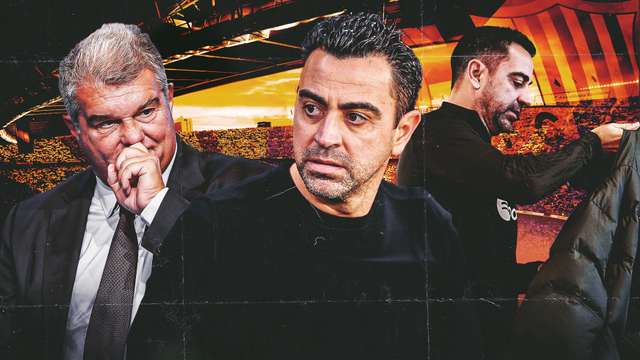Team News
For Wits, there were four changes from the weekend win away at Free State Stars as key men in Thulani Hlatshwayo (concussion), Thabang Monare and Sifiso Hlanti (both suspended) returned to the starting XI.
Mxolisi Macuphu was given the nod to lead the line with Lehlohonolo Majoro left amongst the substitutes.
Elias Pelembe continued on the right flank, with Terrence Dzvukamanja as a number ten, and the league’s top assist provider in Deon Hotto on the left wing. They set up in a 4-2-3-1 shape.
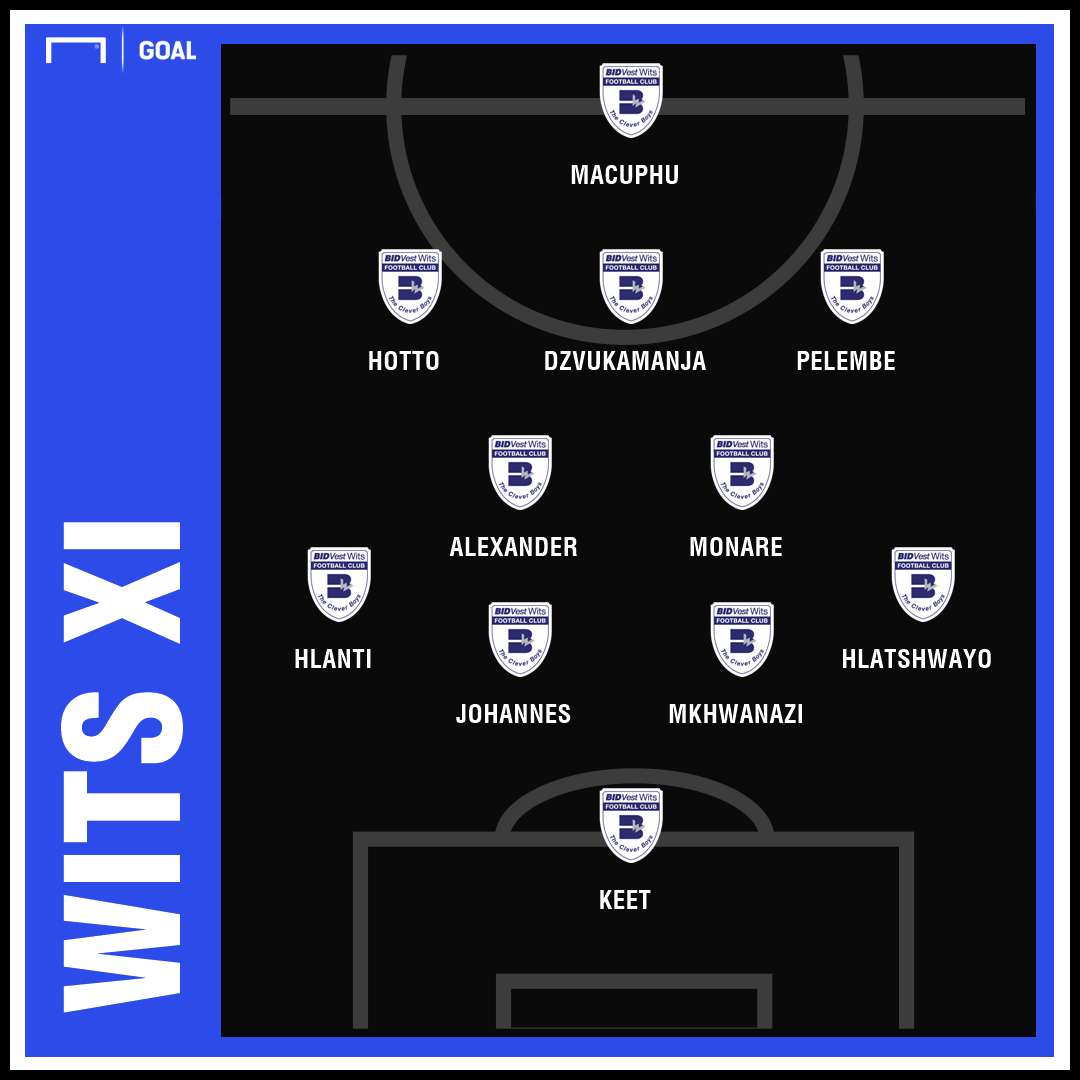
Next Match
For Kaizer Chiefs, it was the same 3-5-2 setup that the side had used in Saturday’s unfortunate defeat to Mamelodi Sundowns.
With Willard Katsande injured, Teenage Hadebe started in the back three.
Kgotso Moleko got the nod at right wingback, with Siphosakhe Ntiya-Ntiya preferred at left wingback to Godfrey Walusimbi.
In midfield, George Maluleka was again the deepest of the three, with Hendrick Ekstein selected again to his right.
Key men, Khama Billiat and Leonardo Castro played as a strike partnership, whilst Virgil Vries kept his place in goal despite his howler against Sundowns.
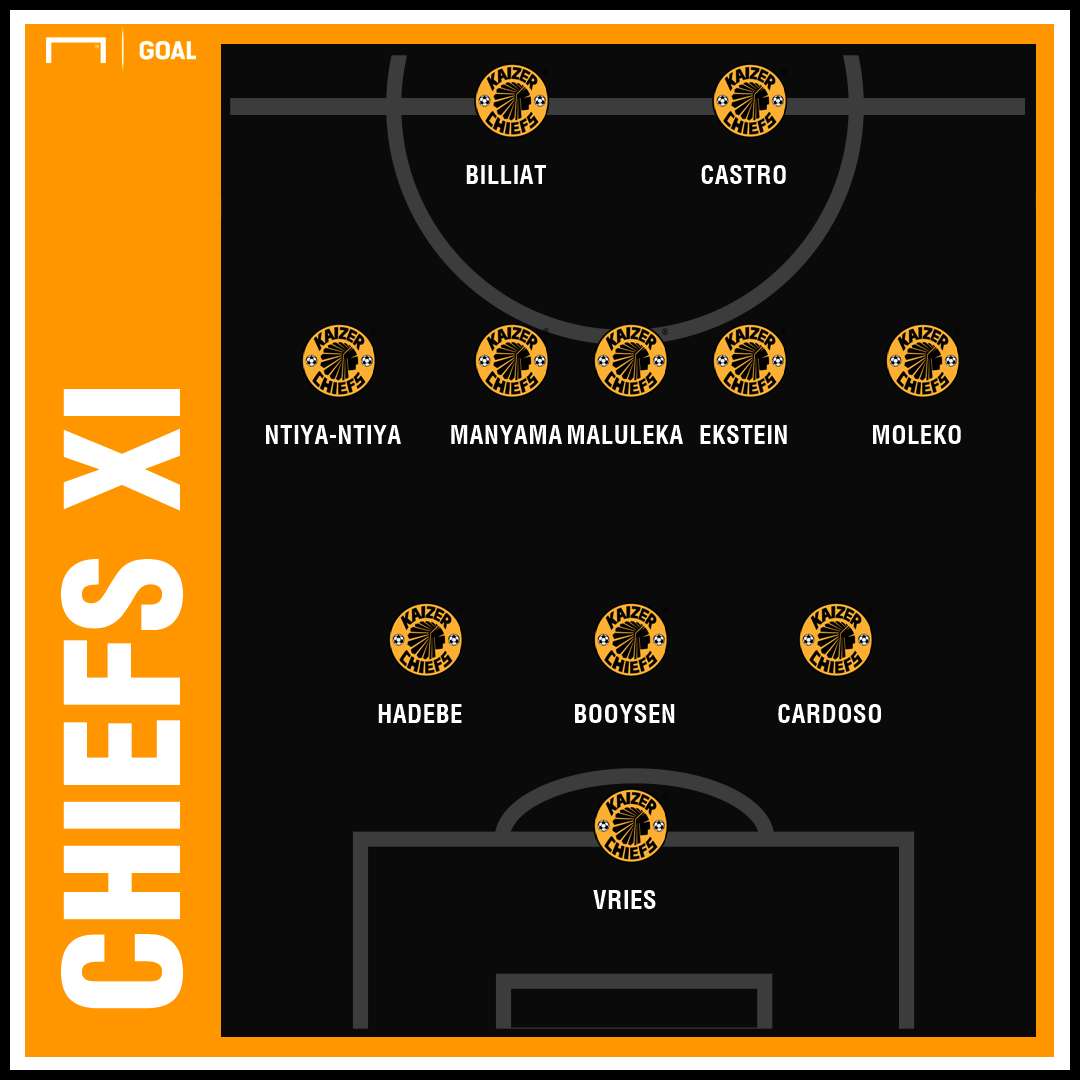
First Half Nullification
As it is often the case with Gavin Hunt’s Wits side, they set up to nullify the strengths of the opponent.
The Clever Boys are renowned for their excellent defence, but it’s not just down to their aerially and physically strong back four, but also the subtle adjustments in forward areas.
For this game, Hlanti was reigned in and played a much more conservative role than usual at left back.
When Wits were on the attack, he rarely joined on the overlap, instead stayed back and gave support to his central defenders. This was to ensure that they were not left two-versus-two with Castro and Billiat on the break.
On the opposite flank, Hlatshwayo pushed up high to be the target for goalkeeper, Darren Keet’s long diagonal kicks.
The other adjustment from Hunt was to play Pelembe slightly narrower, in a role where he could close down Hadebe in the build-up, but also get close to Lebogang Manyama and supplement central midfield.
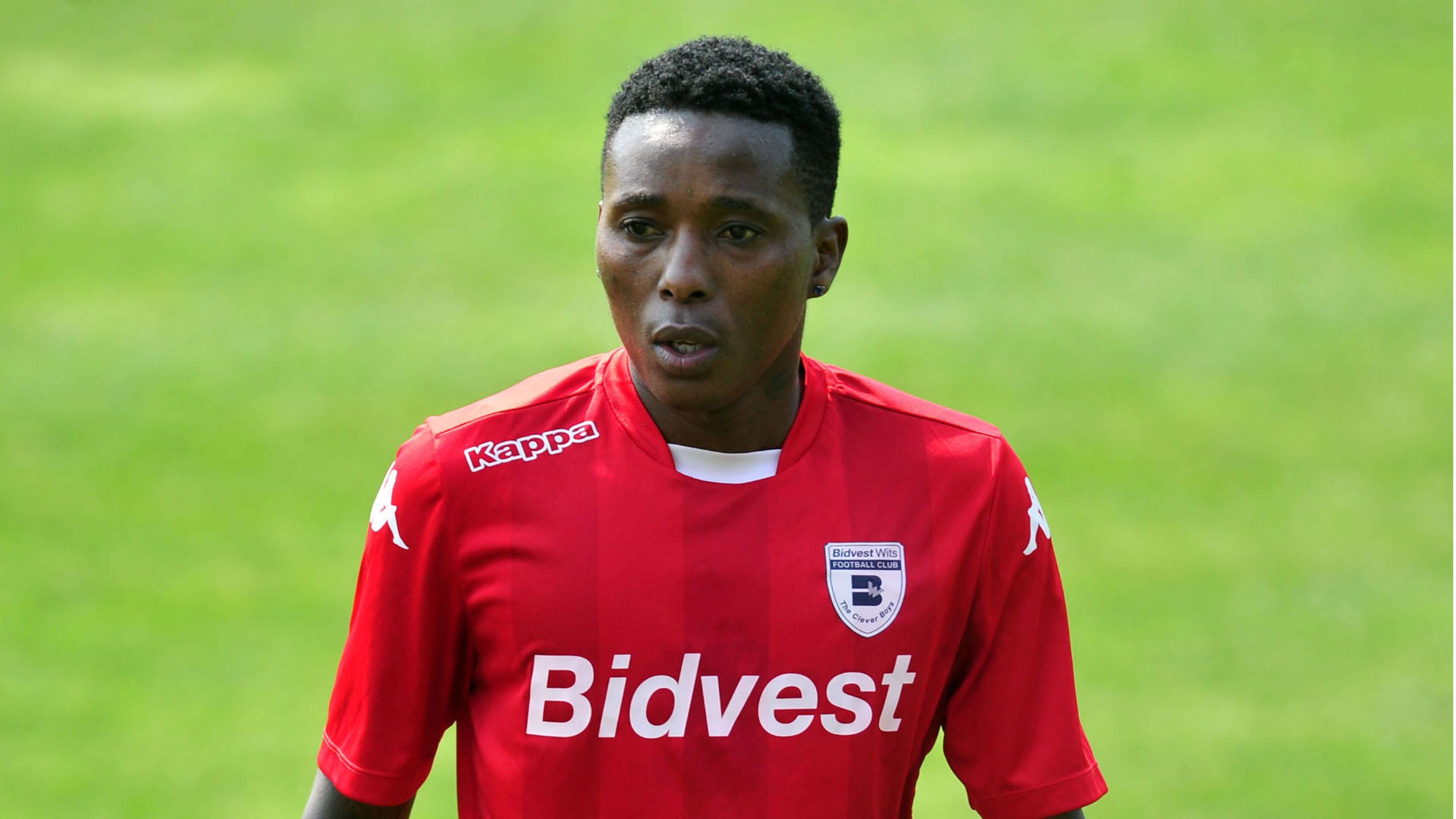 Backpage Pix
Backpage Pix
With Wits playing most of their goal kicks long, and then fighting for the second balls, Chiefs were not given much chance to press high up the pitch to force dangerous transition moments.
When Chiefs looked to play out from the back, Vries remonstrated with his teammates as his options would often be man-marked.
Hotto tracked Moleko, Dzvukamanja was tasked with Daniel Cardoso, Macuphu picked up Mario Booysen, and Pelembe stopped Hadebe.
This man-marking high up the pitch frustrated Chiefs and led to a very attritional game to watch.
When Chiefs did get the ball into the final third, they were usually crowded out on the edge of the box as Wits stayed narrow to prevent the quick interplay and combinations favoured by Middendorp.
The one decent outlet was Ntiya-Ntiya, who set up Billiat for a half-chance with a fine driven pass.
The physicality of the Wits defence meant a frustrating first period for Castro. When Wits attacked, it came in the form of long-throws, crosses and counter-pressing the second ball after play direct from the back.
Chiefs Break Deadlock
The second half started in a similar vein to the first. But with Chiefs pushing more men forward, it gave Wits both greater problems defensively and also more space to counter-attack.
A noticeable adjustment from Middendorp was to demand that his wingbacks play much higher up the pitch, with Manyama and Ekstein also playing further forward, threatening the space behind Monare and the excellent Cole Alexander.
This would free space for Maluleka to influence proceedings, whilst also hopefully drawing Wits’ full-backs into wider areas and creating more space between-the-lines for combination play.
Wits nearly made Chiefs pay on the break as Hotto picked out Dzvukamanja, but Hadebe made a great last-ditch recovery tackle.
As Middendorp prepared Bernard Parker to replace Castro, the Colombian striker put Chiefs ahead.
 Backpagepix
Backpagepix
The irony of the goal is that because of Wits’ high pressing, Vries went long from the back, Mkhwanazi misjudged the high ball, and the goal came as Amakhosi regained the ball high up the pitch.
Ntiya-Ntiya was free on the overlap, he received from Manyama – positioned higher and behind Monare – and his low cross was turned in by Castro.
This goal meant Parker took a seat back on the bench, and he later took Billiat’s place instead.
Soon after, Moleko’s high positioning pulled Hlanti wide and made space for Ekstein to run in-behind the full-back. The latter’s cross was headed wide on the back post by Manyama.
None of that would have happened in the first half, when Moleko sat deep and Manyama and Ekstein played 40 yards from goal.
Hunt Matches Up
 Backpagepix
Backpagepix
The Wits coach’s response to Chiefs’ adjustments was to match up. Vuyo Mere came on and he very clearly showed three fingers to his teammates, indicating a switch to a back three.
This change would mean Hlanti and Mere could engage Chiefs’ wingbacks, with the channel behind them still protected. Dzvukamanja was sacrificed, leaving Pelembe and Hotto to play in narrower roles in support of half-time introduction, Lehlohonolo Majoro.
This change brought a good spell for Wits as they had a 10-minute period of territory in the Chiefs half.
Majoro’s movement was causing problems, but Wits’ crossing assault was having little effect with all of the Amakhosi back three defending excellently in the air and on the ground.
Chiefs were lacking an effective outlet with Billiat having a poor evening, so Parker replaced the Zimbabwean.
Lorenzo Gordinho was also introduced for his first appearance since returning from loan, coming on for Maluleka as a defensive midfielder.
This change was initially going to see Moleko pulled off as Chiefs looked to shut down Hlanti’s growing influence, but an injury to Maluleka prompted a re-think.
Parker’s impact was felt almost immediately as his brilliant crossover run on a counter-attack saw him free on the left to square for Ekstein to finish into an open net.
This was the diminutive midfielder’s third goal in the last three games – having netted twice against Elgeco Plus – all of them open-net finishes from unselfish Parker assists.
Chiefs saw out the game comfortably at 2-0, keeping the ball very well.
Summary
This was a game of fine margins. Wits’ game-plan was to play percentage football and look to feed off any mistakes made by Chiefs, whilst avoiding taking any risks of mistakes themselves.
Whichever team scored first was always likely to win this match, and the key moment was a poor mistake from Buhle Mkhwanazi to miss a header in the lead-up to Castro’s opener.
On Chiefs’ side, their back three defended excellently. With Hadebe and Cardoso together in a back three in the last 18 months, Chiefs have kept nine clean sheets in 14 games.
Komphela introduced this system last season, and Middendorp is now continuing with that shape – one that suits a squad devoid of high-quality wingers to a tee.
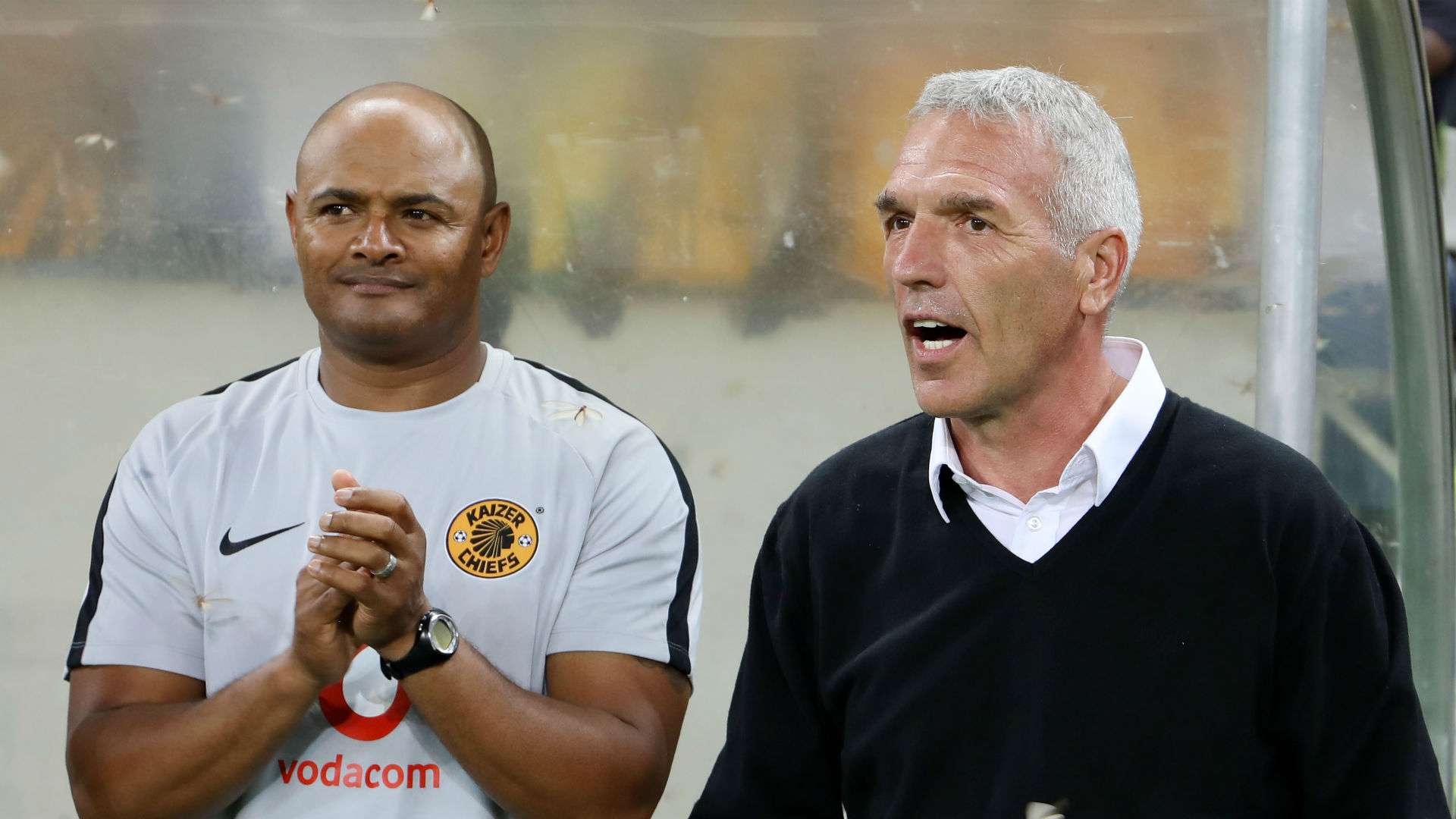 Backpagepix
Backpagepix
On a tactical level, Hunt’s adjustments nullified Chiefs in the first half, but by Middendorp pushing his wingbacks higher and getting Manyama and Ekstein further up the pitch brought rewards.
Hunt’s change to match-up to Chiefs saw a spell of improvement, but once Chiefs scored the second, the game was over. This was a deserved win for Amakhosi, who continue to look good under their new coach.
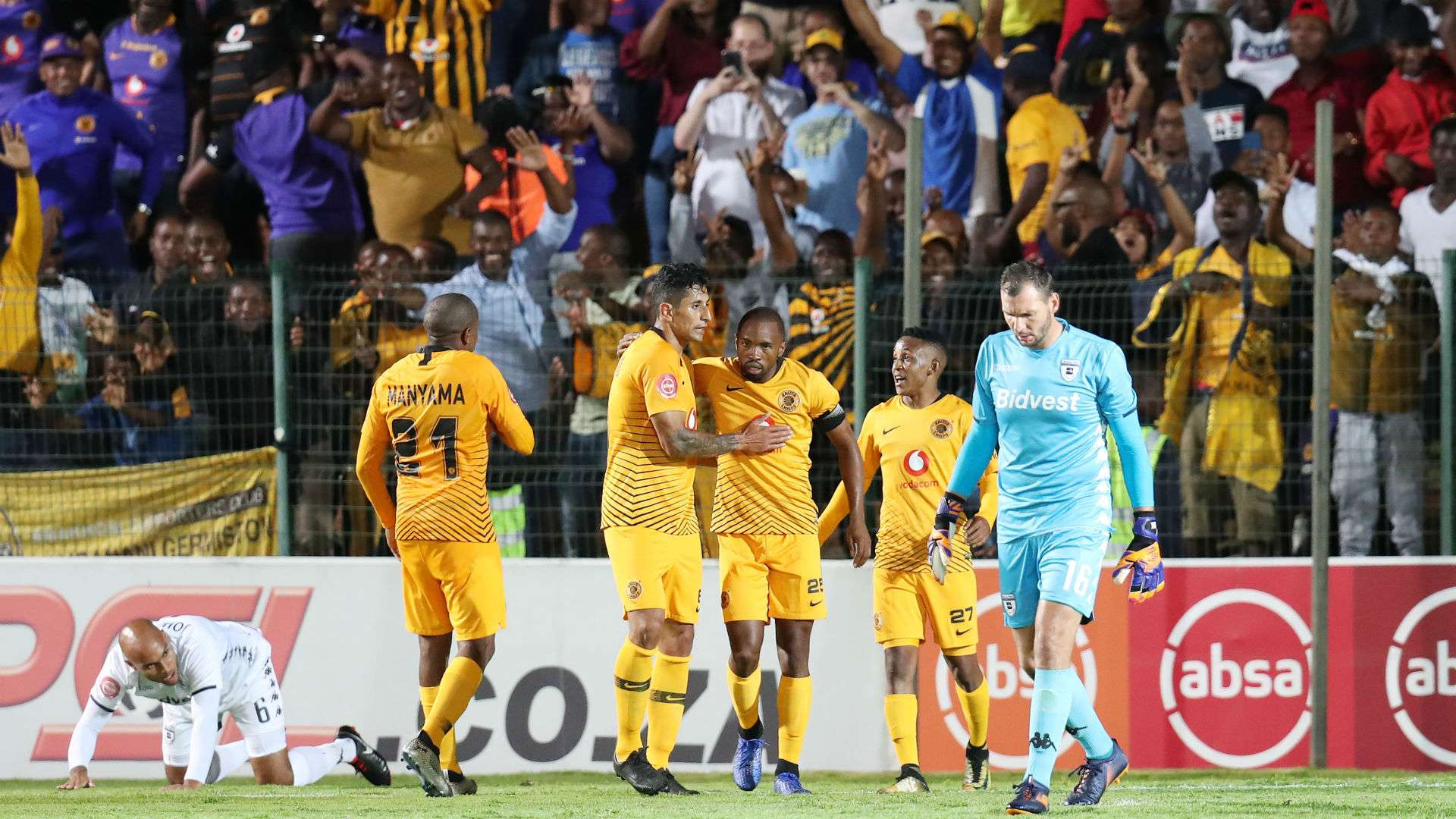



.jpg?auto=webp&format=pjpg&width=640&quality=60)
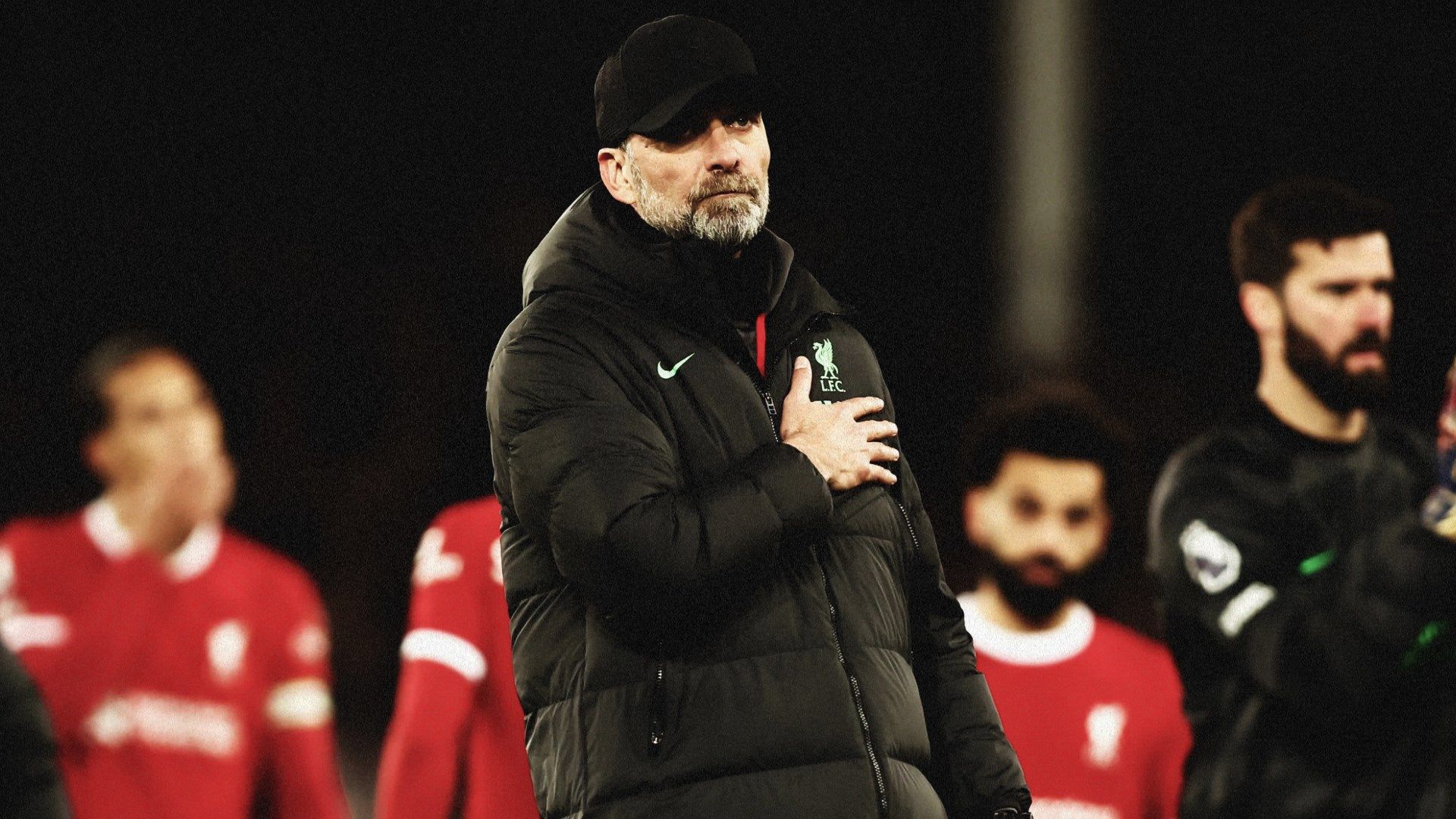.jpg?auto=webp&format=pjpg&width=640&quality=60)
